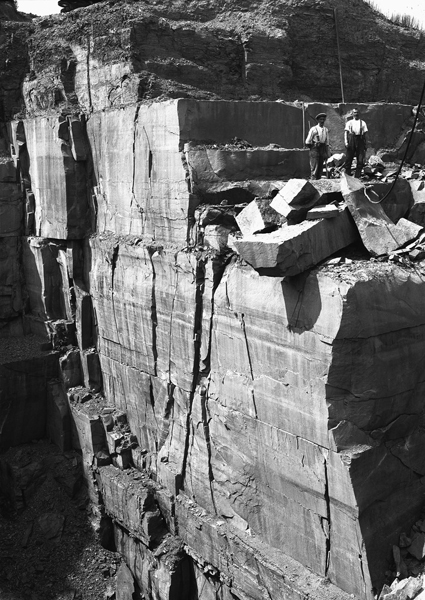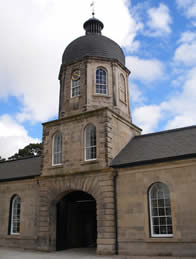Our stone heritage
Stone is one of our most important natural resources and, in most parts of the UK, the local stone has provided a source of high quality, versatile and durable building material for centuries. The most important civic, ecclesiastical and industrial buildings in many communities are made of stone, as are many houses, bridges, boundary walls and monuments. The rich and varied bedrock geology of the UK is reflected in the diversity of this vast and impressive stone-built heritage, adding colour and texture and influencing building style. As a result, stone-built structures play a hugely important role in defining the distinctive character and 'sense of place' that distinguishes different parts of the UK. They provide a tangible and revealing legacy of centuries of social and industrial development.
More than 3000 different natural stones have been used in the built heritage of the UK. However, around a century ago, the rapid introduction of relatively cheap modern building materials lead to a dramatic reduction in the number of active building stone quarries and the loss of associated skills and knowledge. Today, only around two hundred quarries in the UK produce building stone.
Recent years have seen a dramatic increase in the use of natural stone throughout the UK, driven by the growing number of ageing buildings that are in need of repair, a growing awareness of the value of the stone-built heritage, and a renewed interest in using natural stone in new-build projects. As a consequence, building owners need information about the distribution and condition of the different stones in their buildings in order to develop effective maintenance and repair strategies. Construction firms and conservation organisations also need to know where to source the best currently available stone to use in building repairs and stone suppliers need to know there is likely to be a demand for a new supply of stone before opening a new quarry or re-opening an historical quarry.






Follow us

